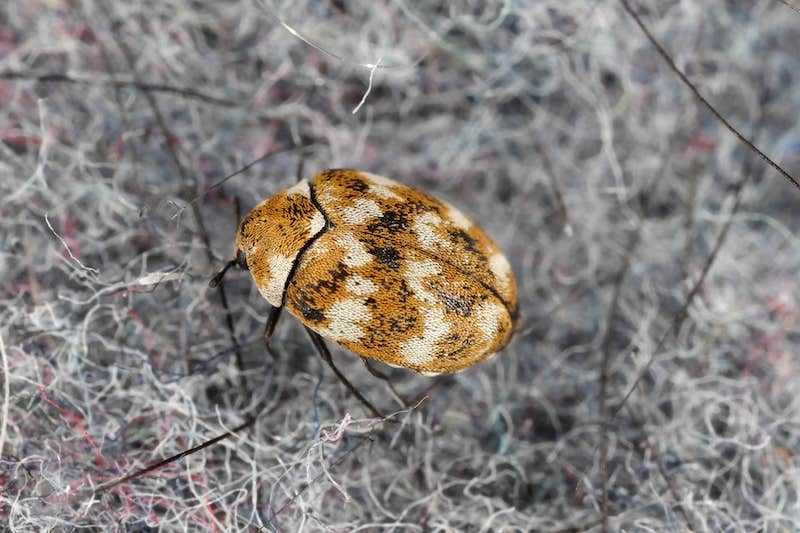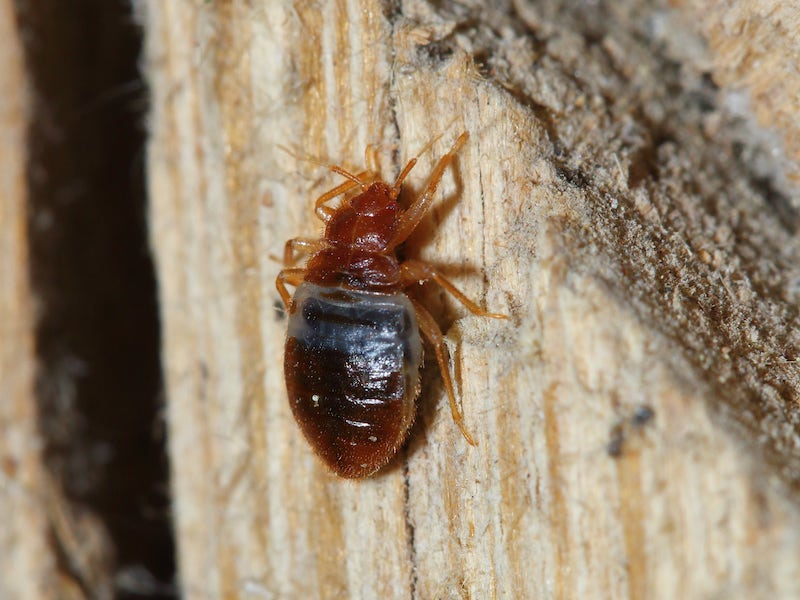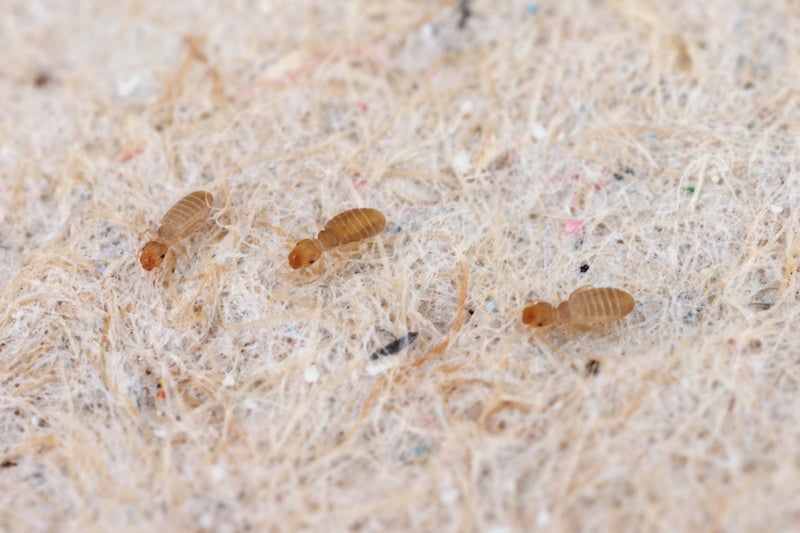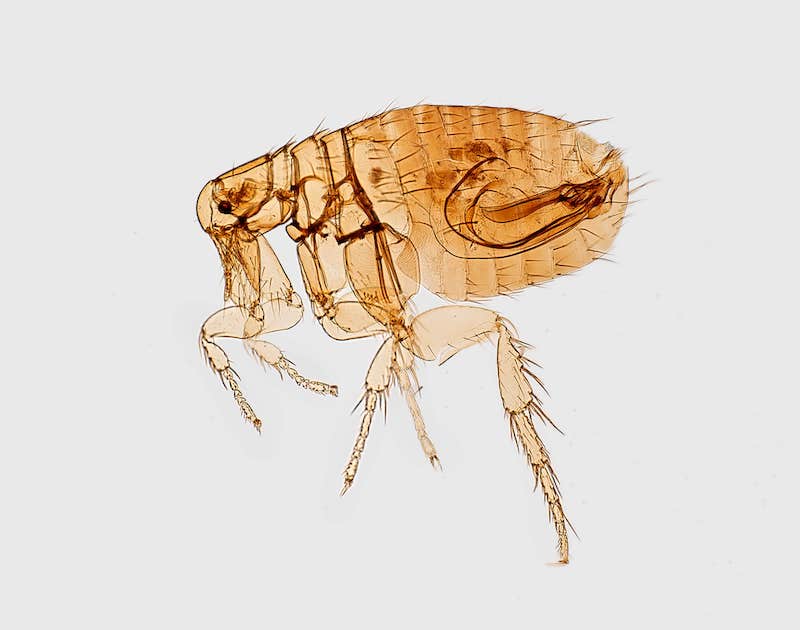Want to get rid of bed bugs? Those creepy crawlies you spotted on your bed might actually just be bugs that resemble bed bugs.
Thanks to an outbreak reported in France and elsewhere in Europe, renewed attention has been drawn to cimex lectularius, the pests more commonly known as bed bugs. As with any panic in the news cycle, it’s important to separate fact from fiction.
Let’s clear up the biggest myths about bed bug infestation and check out some of the other bugs that look like bed bugs.
10 Bedbugs Myths Debunked
1. Bedbugs live on mattresses
‘Bed bug’ is a bit of a misnomer. While bed bugs on mattresses haunt the popular imagination, they actually live on all kinds of surfaces. Bedbugs live on couches, chairs, clothing, floors and carpets, ceilings, dressers, cracks in the wall, and other places aside from the bed.
The ‘bed bugs on mattresses’ idea likely emerged because they prefer dark, tight locations, like mattress seams.
2. Bedbugs are microscopic or invisible
A bed bug is larger than you might think, and is visible. An adult bedbug grows up to 5mm.
The idea that bedbugs are invisible might come from confusing dust mites with bedbugs. Dust mites also occupy beds, including mattresses and pillows, but are totally invisible to the human eye.
3. You can get diseases from bedbug bites
Thankfully, bed bugs don’t transmit disease. Bedbug bites cause itching and irritation, and at worst, allergic reactions.
They are far from life threatening, but that doesn’t mean you should ignore a bedbug problem. Acting fast is crucial because infestations significantly impact quality of life. Sleeplessness, poor mental health, and potentially secondary infections are unpleasant to deal with.
4. Bedbugs can fly
Can bed bugs fly? Absolutely not. No type of cimex lectularius has wings, so they can’t fly. Phew.
Furthermore, fleas and bed bugs differ in that fleas jump with ease and at speed, whereas bed bugs only crawl. In other words, it’s harder for bedbugs to travel than for a flea or roach.
5. Cimicidae live long
Since they feed on blood, bedbugs and other Cimicidae don’t usually live very long without feeding. They may live up to three months without blood.
However, in colder areas, they are capable of slowing down their metabolism, which could extend their life up to a year. If possible, keep the house warm while you deal with a bed bug infestation.
6. Bedroom bugs breed fast
Many small pests are fast reproducers, potentially laying hundreds of eggs a day. Surprisingly, bed bugs are slow at reproducing compared to other bugs and pests.
Bed bugs lay 1 egg a day, which takes at least 10 days to hatch and nearly 2 months to mature. This means there is a window to get the bed bug infestation under control if you act fast.
7. Bedbugs favor dirty places
Much like nits and fleas, a common misconception about bed bugs is that they thrive on unsanitary conditions.
Rest assured, if you spot bed bugs in your home, it’s not a sign that you’re dirty or unhygienic. While good home hygiene habits help you spot and deal with a bed bug infestation faster, bedbugs don’t discriminate when it comes to populating clean or unclean spaces.
The best cure for bed bugs is, as the old saying goes, prevention. Find out exactly how you can prevent bed bug infestations from getting out of hand.
8. You can kill bed bugs naturally
The worst part about bed bugs is that they are difficult to get rid of. Under no circumstances should you attempt to get rid of bed bugs ‘naturally’.
As a result of resistance development, even pesticides are unlikely to be completely effective at killing bed bugs. Fumigation and heat treatments are required. Sadly, these are not only expensive, but quite invasive and time consuming.
9. Bed bugs hate light
Bedbugs appear to have a preference for darkness. The reason you’ll find bed bugs on mattresses is because the seams provide a dark and cramped space for them.
However, bed bugs are not totally averse to light, and they certainly won’t die by being exposed to light. Again, you will be able to see bed bugs if they emerge.
10. I need to throw my furniture away after a bed bug infestation
The cure for bed bugs isn’t throwing away your furniture! Throwing out furniture with bedbugs on it increases the risk of exposing other people’s homes to bed bugs, so refrain from putting it out on the street.
Destroying the furniture might not be necessary if dealt with appropriately. Contact a professional pest control specialist who will advise the best methods for containing and eliminating the infestation.
Bugs That Resemble Bed Bugs
Unsure if you actually have a bed bug infestation? While a professional pest control service will confirm what’s going on, put your mind at ease by familiarizing yourself with bugs that look like bed bugs.
1. Carpet Beetles
The most commonly mistaken ‘bed bug’ is probably the carpet beetle, also known as a skin beetle. There’s thousands of different species of them, and from afar look pretty similar to a bed bug.
However, carpet beetles may grow up to 12mm and are usually found along the edges of carpets and rugs. This is because they feed off of animal materials (including fur, silk, leather) rather than blood.

2. Bat Bugs
Bat bugs look very similar to bed bugs, but they are far less likely to populate your home. As the name would imply, they emerge where there are bats.
As such, it’s highly unlikely you’ll have an infestation of bat bugs unless there’s also bats living in a chimney or attic. The bugs may remain even after bats have been removed, so if you’re aware that your home once housed bats, be on the lookout for bat bugs.

3. Booklice
From afar, booklice might resemble bed bugs. But they aren’t lice, and are a much easier problem to deal with. A closer look reveals they are more elongated in shape.
They feed on mold and fungus, hence why they may be found in old, damp books and other super humid places. Staying on top of mold development and damp by regularly using a dehumidifier will prevent them and potentially even wipe them out, since they dehydrate fast.

4. Baby Cockroaches
Bed bugs don’t have wings, so it might seem strange to mistake a roach for a bed bug. But baby cockroaches, or nymphs, are yet to develop wings, so they may resemble them. The large antennae cockroaches have should give them away as bed bug imposters.
Cockroaches pose a greater risk to human health than bed bugs because they carry many disease-causing bacteria, including salmonella.
5. Fleas & Head Lice
Fleas and head lice are similar to bed bugs in that they are parasites that survive off blood provided by a host. In the case of fleas and head lice, that’s most likely your pets or your young children.
Fleas and head lice are much more agile than bed bugs, and you’ll see them leap around rapidly. There are many effective treatments available for dealing with both. Bed bugs don’t have wings, and are confined to crawling.

Conclusion
While we’d hate to add fire to the fuel, the renewed fear of bed bugs is somewhat warranted, if only because getting rid of a bed bug infestation is costly, time consuming, and invasive if left too late.
The good news is that bed bugs do not carry diseases, are relatively slow at reproducing, and aren’t nearly as agile as cockroaches, fleas, and headlice.
Sources:
EPA
https://www.epa.gov/bedbugs/top-ten-tips-prevent-or-control-bed-bugs
https://www.epa.gov/bedbugs/introduction-bed-bugs
Planet Natural
https://www.planetnatural.com/bugs-that-look-like-bed-bugs/
Scientific American
https://www.scientificamerican.com/article/what-are-bedbugs/
